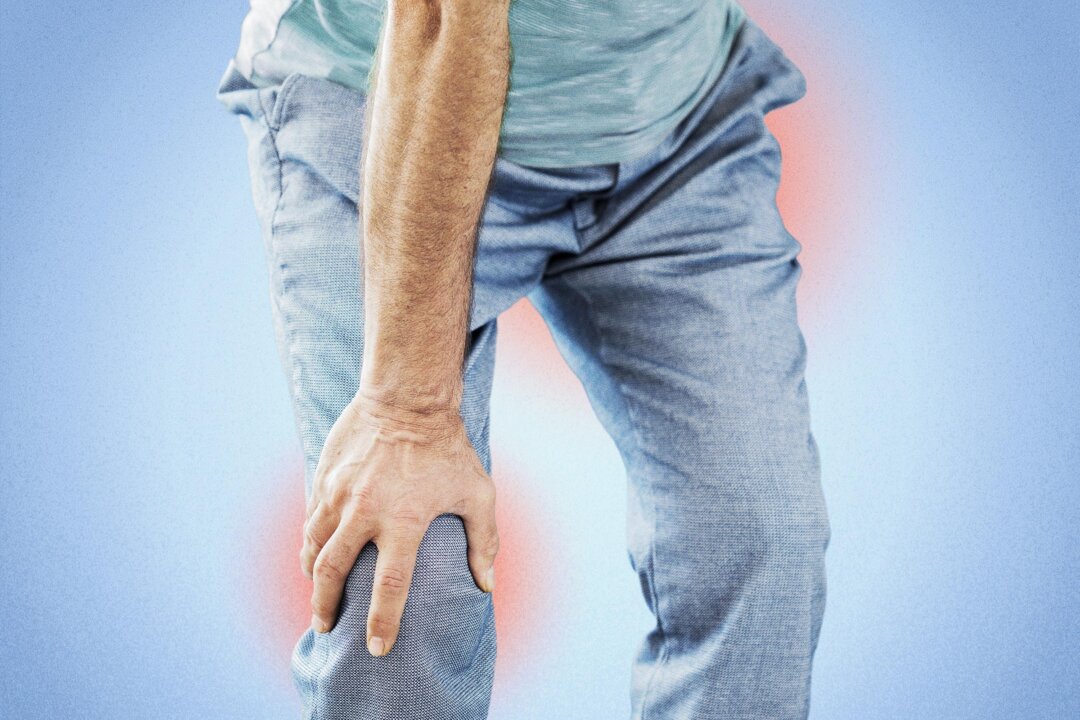Health
Uncovering the Hidden Link Between Knee Pain and Hip Issues

The connection between knee pain and hip problems is often overlooked, leading to misdiagnosis and ineffective treatments. A recent survey conducted by The Ohio State University Wexner Medical Center revealed that a significant number of Americans are unaware that their knee discomfort might actually originate from hip issues. Among more than 1,000 adults surveyed, an alarming 72 percent did not recognize that knee pain could stem from the hip, highlighting a critical gap in understanding musculoskeletal health.
Physical therapist Smita Rao frequently encounters patients who arrive with referrals for knee or back pain, only to discover that the underlying issue lies with their hips. She emphasizes the importance of a comprehensive evaluation, as many individuals mistakenly target their knee or back with treatments such as stretching and new footwear, often without improvement. This oversight can lead to ongoing pain and frustration.
The survey findings further illustrate the disconnect: 69 percent of respondents were unaware that hip problems could lead to groin pain, while 66 percent did not connect hip issues to thigh pain. This lack of awareness can result in ineffective treatment strategies, prolonging discomfort and potentially leading to more serious complications.
Understanding the anatomy of the hip and its relationship to the knee is essential for addressing pain effectively. The hip joint plays a crucial role in supporting body movement and stability. When the hip is not functioning optimally, it can create compensatory mechanisms that place undue stress on the knee, resulting in pain that is mistakenly attributed to the knee itself.
For those suffering from knee pain, it is advisable to seek a thorough assessment that includes an examination of the hip. Physical therapists like Rao suggest that strengthening the hip and improving mobility can alleviate knee discomfort. Exercises targeting the hip flexors, glutes, and surrounding muscles may provide significant relief.
As awareness of this connection grows, it is crucial for healthcare providers to educate patients about the potential links between different joints. By understanding that knee pain may not always originate in the knee, patients can work towards more effective treatment plans that address the root cause of their discomfort.
In summary, the link between knee pain and hip health is a vital aspect of musculoskeletal care. The findings from The Ohio State University Wexner Medical Center survey serve as a reminder for both patients and healthcare professionals to consider the entire kinetic chain when diagnosing and treating pain. Recognizing the interconnectedness of joints can lead to more accurate diagnoses and improved outcomes for those affected.
-

 Business4 days ago
Business4 days agoUK to Finalize Stablecoin Regulations by 2026, Boosting Crypto Sector
-

 Business5 days ago
Business5 days agoU.S. and U.K. Target Cybercriminal Networks, Seize $15 Billion
-

 World4 days ago
World4 days agoMilitary Artillery Plan Sparks Safety Concerns Along California Highway
-

 Lifestyle5 days ago
Lifestyle5 days agoKISS OF LIFE’s Natty Dazzles in Micro-Shorts at Seoul Event
-

 World5 days ago
World5 days agoTrump Signals Reluctance to Sell Tomahawk Missiles to Ukraine
-

 Business5 days ago
Business5 days agoCalifornia to Eliminate All Plastic Bags from Stores by 2026
-

 Sports5 days ago
Sports5 days agoDomenico Doran’s Stellar Performance Leads Bishop Amat to Victory
-

 Entertainment5 days ago
Entertainment5 days agoLouisiana Senate Raises Concerns Over Medicaid Cuts Amid New Bill
-

 Entertainment5 days ago
Entertainment5 days agoUtah Communities Rally as Government Shutdown Strains Resources
-

 Sports5 days ago
Sports5 days agoTrade Low, Trade High: Key NHL Players to Consider Now
-

 Science2 days ago
Science2 days agoAncient Dinosaur Discovery in Argentina Reveals Evolutionary Insights
-

 Top Stories5 days ago
Top Stories5 days agoUrgent Appeal: Lost Husky Shepherd Mix Found in Mankato









